A wonderful artistic palette of blue, pink, yellow and white unfolded before my eyes in this corner of the Trossachs where the sun shone down bright and the gentlest of breezes riffled the bee-buzzed air.
As I made my way up the track from Callander to the serene waters of Loch Lubnaig, a cornucopia of different flowers beamed out from the verges, and it was hard to get any regular rhythm into my footfall because every so often I felt compelled to hunker down to examine some new beauty.
Wood cranes-bill was especially prolific, and thick drifts of their blousy violet-blue flowers adorned the track edges in a dreamy haze of colour. The flower of wood cranes-bill is a true show-stopper that features five intricately crafted lilac petals set upon a paler centre where the rich, life-enhancing nectar lies. Subtle radiating lines inscribed upon the petals act likes guides to draw bees and other pollinators in towards the plant’s sweet treasure chest.
A member of the geranium family, cranes-bill is a wonderfully descriptive name and refers to the elongated seedhead of the plant which for those with an imaginative disposition bears some resemblance to the beak and head of a crane.
Another flower that caught the eye was germander speedwell. Sporting small sky-blue flowers, they were like aquamarine gems scattered in among the thick tangles of grass.
This low-sprawling plant is also known as ‘bird’s eye’ or ‘cat’s eye’ due to the white central orb of the flower. I have heard it postulated that the origin of the name ‘speedwell’ may stem from the supposed medicinal properties of the plant.
In the eighteenth-century speedwell had acquired to the reputation for being good at curing gout, with the dried leaves being used to make a herbal tea.
More likely, speedwell is so-called because it was considered a good luck charm for travellers with the vibrant blue blooms helping to speed one on your way. In Ireland, they were sometimes sewn into the clothes of travellers for good luck.
Bramble was also in bloom and on some of the tangled clusters, the white flowers appeared larger than normal and belonged to a variety I was unfamiliar with – the five petals spaced further apart and less bunched than usual.
The bramble is one of our most diverse plants, there being hundreds of different varieties in Britain with subtle differences, including the taste, size and fruiting time of the berries.
As I pondered brambles, a handsome roe buck materialised in a nearby golden-speckled buttercup meadow. He looked magnificent with his foxy summer coat and two small upright pronged antlers.
The roe deer rut begins in mid-July and lasts until the end of August – a time when the testosterone fuelled buck will closely follow a doe for several days, waiting for the opportunity to mate.
Once mating has occurred, egg implantation is delayed until early January and the two fawns are born the following summer, completing the circle of life for another year.
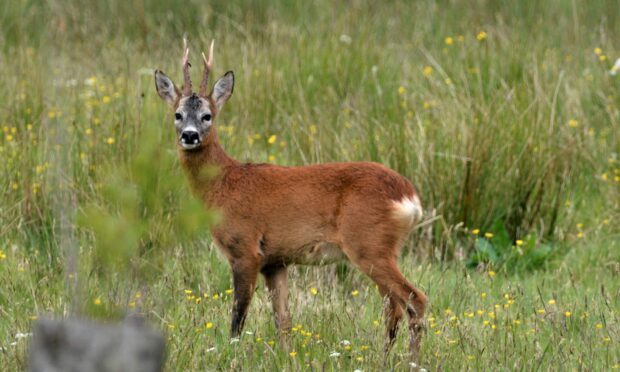

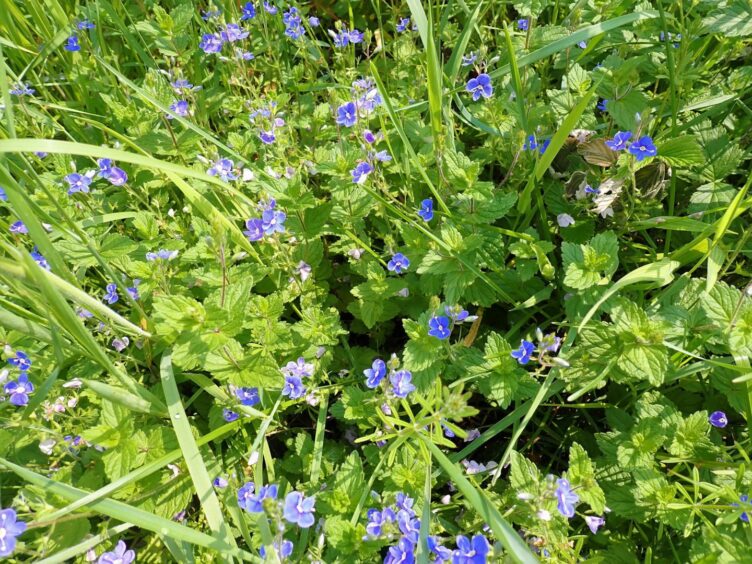

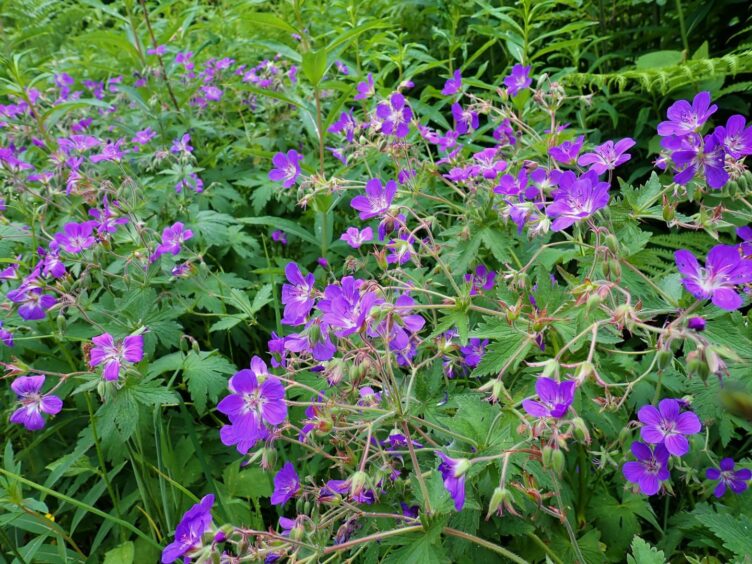


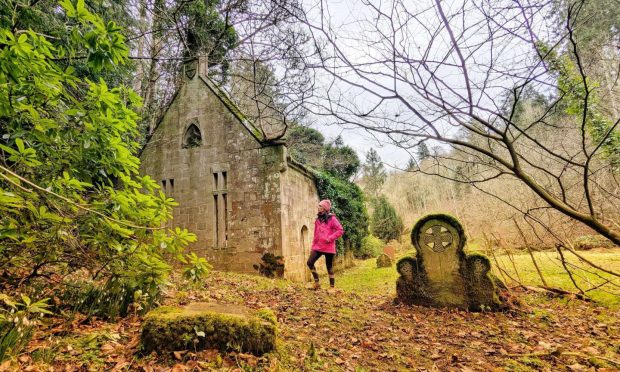





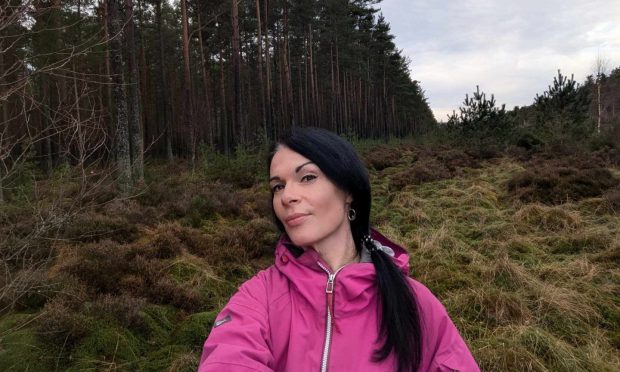
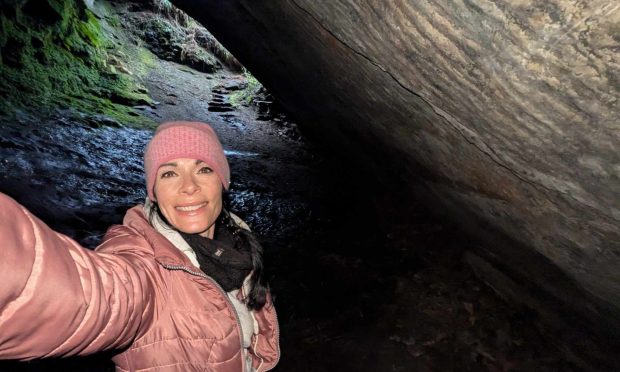
Conversation